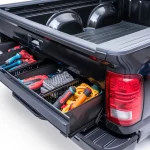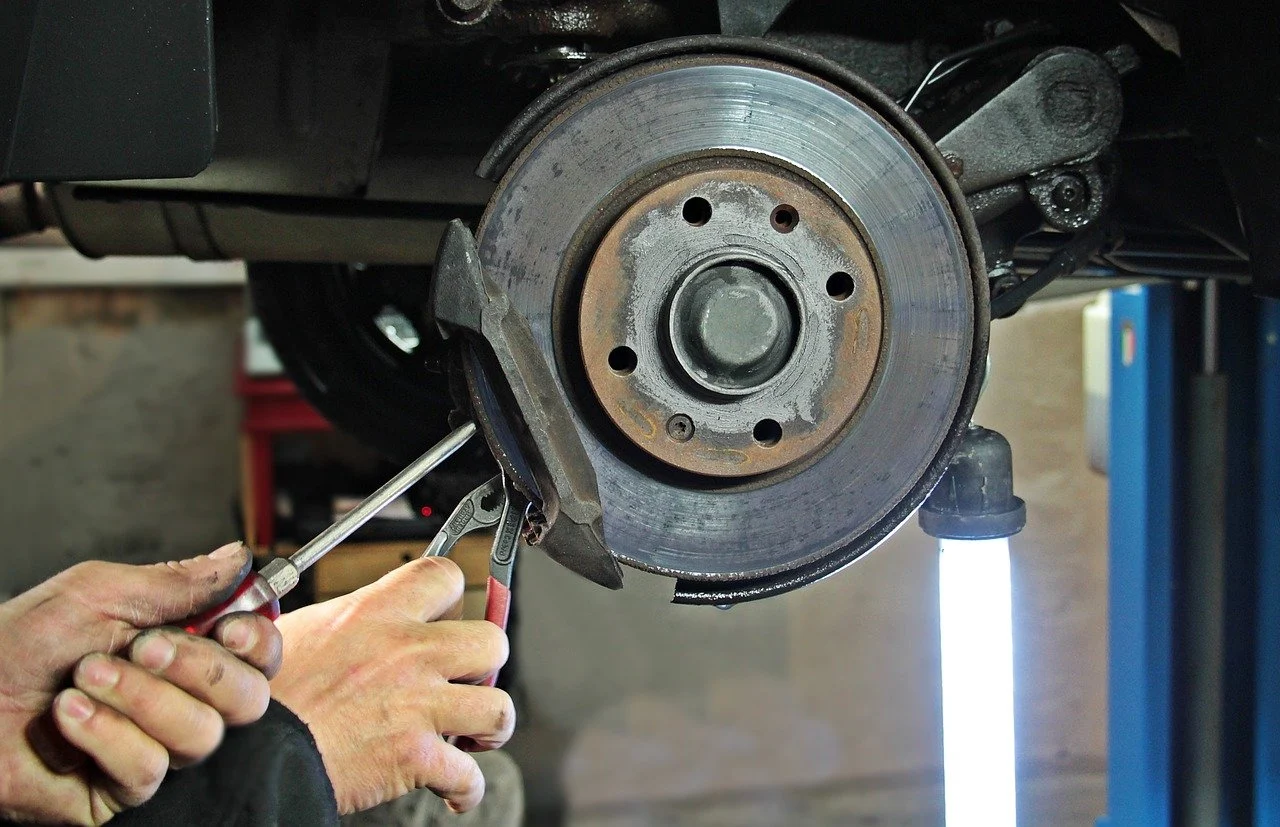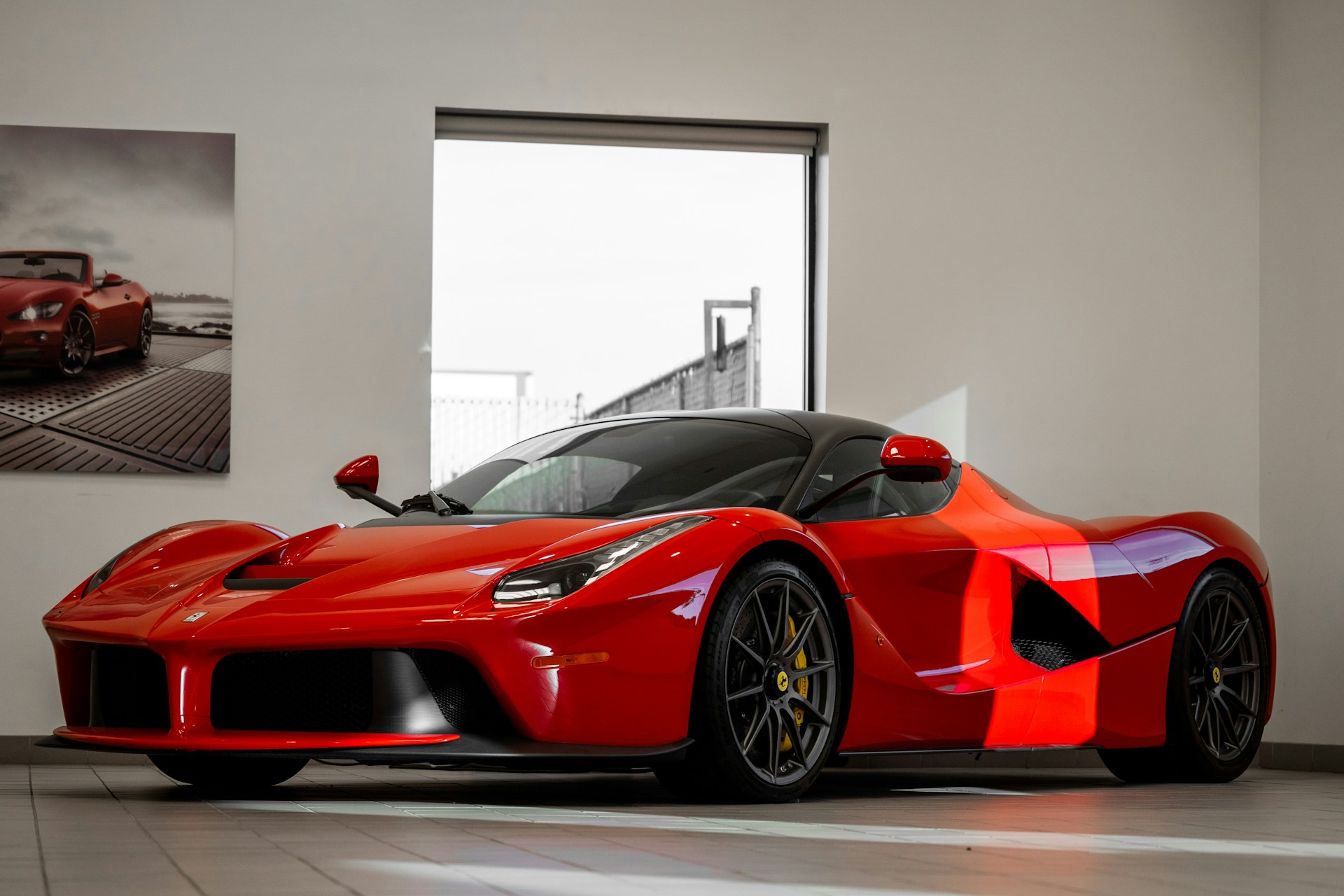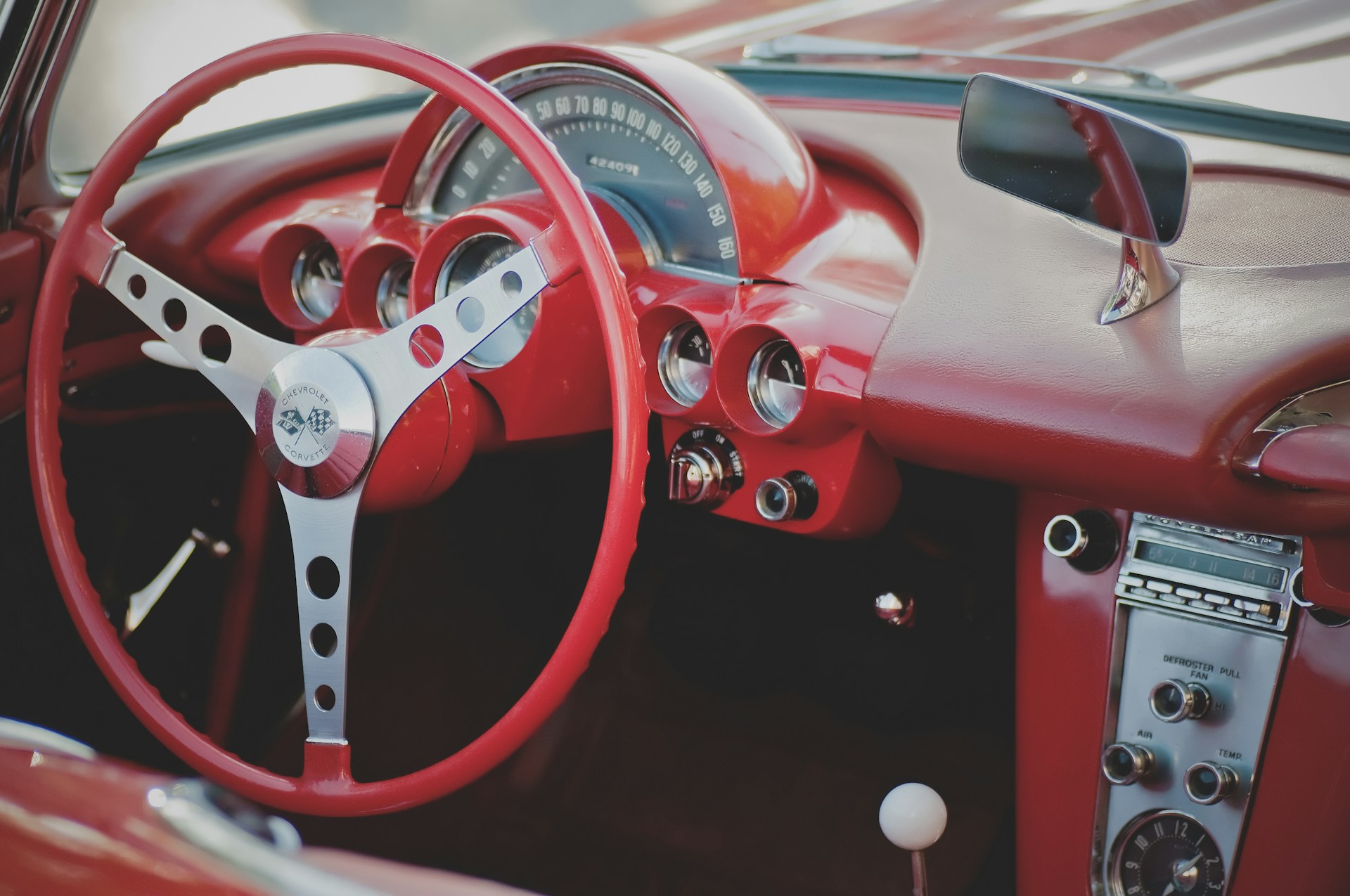Rotors,To drive safely, you need a reliable braking system. Modern vehicles use several components working together to brake and stop a moving vehicle, especially at high speeds.
Brake rotors are one of the most important components of your braking system. Let’s take a closer look at what rotors are, their function, and the different types of rotors you can find if they need replacing.
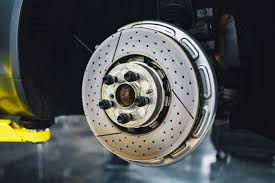
Rotors: In a nutshell
A car’s brake rotor is a circular metal disc that is connected to the wheel. Your car is fitted with four brake rotor, one on each wheel. The main purpose of a rotor is to slow down the rotational speed of your car’s wheels through friction.
The brake rotor process occurs when the caliper squeezes the car’s brake pads. The pads rub against the surface of the rotor, creating friction that ultimately slows down the rotational speed of the wheel and the overall speed of the vehicle.
What are rotors used for?
Brake rotor are used in conjunction with other braking components to slow and stop a vehicle. Without brake rotor , not only would a vehicle gradually slow down due to friction with the air and road surface, but it would also be unable to safely stop or slow down after accelerating.
The vehicle is also equipped with brake pads that stick to the wheels to prevent the wheels from spinning. To put it in context, the rotors are the surface against which the pads press. They are usually made of steel, which makes them durable over time. However, while brake rotors are durable by default, they still require maintenance and replacement from time to time.
How do brake rotors work?
Brake rotors start working as soon as you press the brake pedal. When you press the brake pedal, the brake pads press against the rotor. Note that there is one rotor attached to each wheel on your car. When you apply the brakes, all four wheels slow down at the same time.
When the brake pads press against the brake rotor, friction is created, which gradually slows down the rotation of the wheels of your car (unless you are pressing on the accelerator). The process of slowing the wheels down through friction naturally generates intense heat.
Brake rotors are therefore made of steel to withstand this heat. Brake rotos also usually have ribs or gaps to allow the heat to dissipate efficiently during the braking process. Types of brake rotor are differentiated by the type of ribs used in their design.
When you take your foot off the brake pedal, the brake pads stop pressing against the rotor, and your car’s wheels can move freely again without obstruction.
Types of Brake Rotors
There are several types of brake rotors. It is important to understand these types so that you can find and purchase the right brake rotor for your vehicle when replacing your brake rotor.
There are four main types of brake rotor. You can personally disassemble your brake system and check for yourself, or you can contact your car manufacturer to find out what type of rotor your vehicle uses.
Let’s take a look at the four main types of brake rotors.
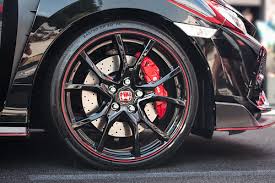
Blank and Plain
Blank smooth rotors are the most common type of rotor for passenger cars, such as most standard sedans. Blank rotors are simple and affordable.
However, some manufacturer-specific rotor blanks may be made from recycled steel. As a result, some blank smooth rotors do not perform as well or last as long as other types of rotor.
OEM rotors usually have thicker internal fins that, when tightened, allow the brake pads to cool more efficiently, thus extending their lifespan.
Drilled
Drilled rotors have a series of holes drilled in a spiral pattern across their surface. The holes help disperse heat, allowing dust and water to escape from the rotor’s surface without clogging or damaging the entire brake system.
Cross-drilled rotors are favored by drivers who live in humid climates because this design aids in braking during inclement weather. However, cross-drilled rotor are not typically used on race vehicles, as they are less durable in very hot conditions.
Grooved
Slotted rotor have special grooves around the rotor’s outer surface instead of holes. Slotted rotor are often used on large trucks and large SUVs, as these larger and heavier vehicles typically require more braking power. Slotted rotor are also favored by those who frequently use their cars to tow heavy loads.
The grooves draw additional air between the rotor’s surface and the brake pads used with the rotor. This results in better rotor cooling and heat dissipation, and less debris buildup over time. However, slotted rotor may not last as long as other types and may also cause brake pads to wear out faster.
Drilled and Slotted
Drilled and slotted rotor combine the two heat dissipation and debris removal designs mentioned above. They feature drilled holes and slots arranged in a spiral pattern on the outside of the brake rotor surface.
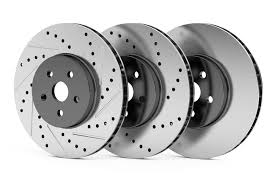
Summary
Brake discs are a vital component of your car’s overall braking system. Be sure to keep an eye on their performance and braking response so you can replace them if necessary. When selecting new discs, don’t hesitate to ask your mechanic which type of disc is best suited for your car and driving habits.



